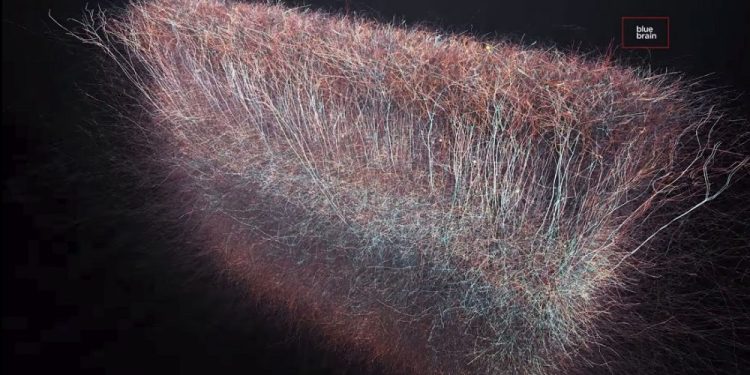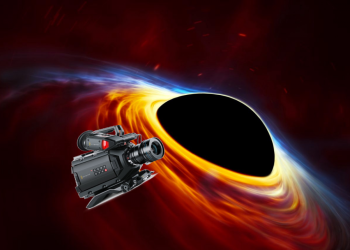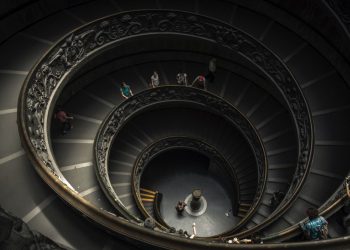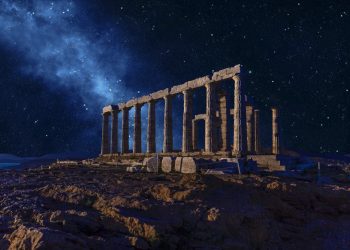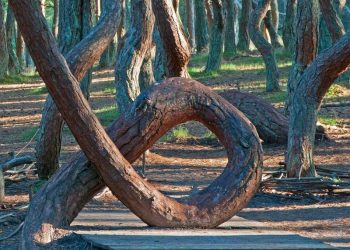A multidimensional universe found in brain networks—that’s what scientists from the Blue Brain Project claim to have uncovered inside the human mind. Far from science fiction, their findings suggest the brain forms highly complex geometric structures that function across as many as eleven dimensions.
This isn’t a metaphor or exaggeration.
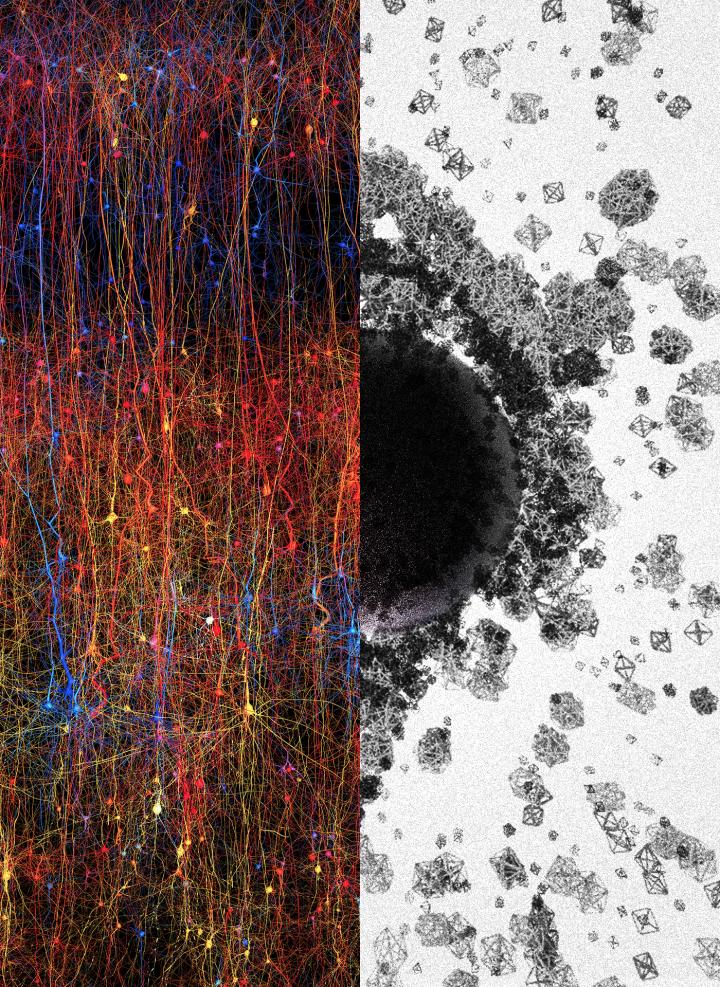
This doesn’t refer to parallel universes or hidden realms, but to the way neurons organize when processing information. The discovery marks a major leap in our understanding of how the brain manages thought, memory, and perception—not as a linear machine, but as something far more intricate.
A multidimensional universe found in brain networks?
The study was led by neuroscientist Henry Markram and published in Frontiers in Computational Neuroscience. Rather than using traditional network models to map the brain, the researchers turned to algebraic topology—a branch of mathematics used to study complex geometric forms and spaces.
With help from mathematicians Kathryn Hess and Ran Levi, the team built a virtual model of a brain. They then introduced digital stimuli and observed how neural groups connected and fired together. These groups, known as cliques, formed increasingly complex structures depending on the number of neurons involved. Some of these formations extended into as many as eleven dimensions.
According to the researchers, even a small fragment of brain tissue contained tens of millions of these multidimensional objects.
The brain doesn’t just process—it builds structures
The findings reveal that when the brain responds to stimuli, it does more than activate neurons. It builds a kind of living geometry—structures made up of cliques of neurons firing in synchrony. The more complex the clique, the higher the dimension of the shape.
Between these cliques, the researchers found cavities, or empty spaces, that play a critical role in how the brain manages information flow. These cavities aren’t random. They appear and vanish in patterns as the brain processes input—functioning like neural pathways in higher-dimensional space.
“It’s as if the brain builds a multidimensional sandcastle that forms and then dissolves,” said Levi. These formations help determine how information is handled across networks and may be the key to understanding deeper cognitive functions.
What this means for memory, consciousness, and brain research
The presence of a multidimensional universe found in brain networks could help explain some of the greatest mysteries in neuroscience. Markram believes that these structures may hold the key to where and how the brain stores memories. Instead of being stored in isolated areas, memories could be encoded in these high-dimensional cavities and cliques.
It also opens new possibilities for how the brain might perform complex reasoning or abstract thought—functions that current models have difficulty explaining.
More research is needed, but the implications are massive. This could change how we study neurological diseases, artificial intelligence, and even how we define consciousness itself.



